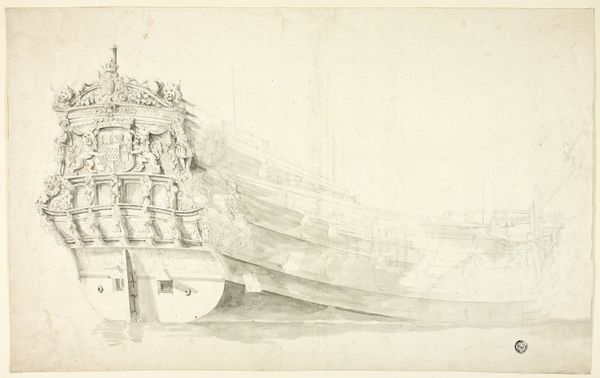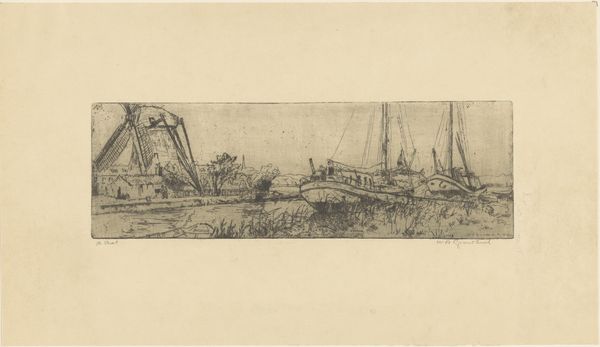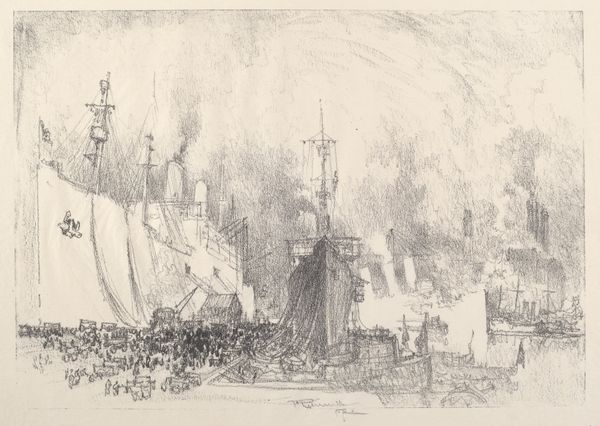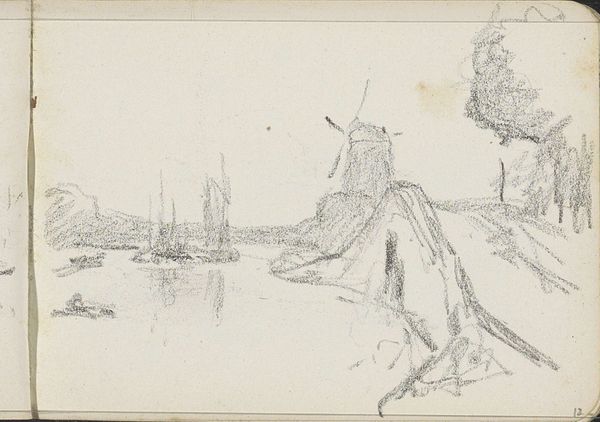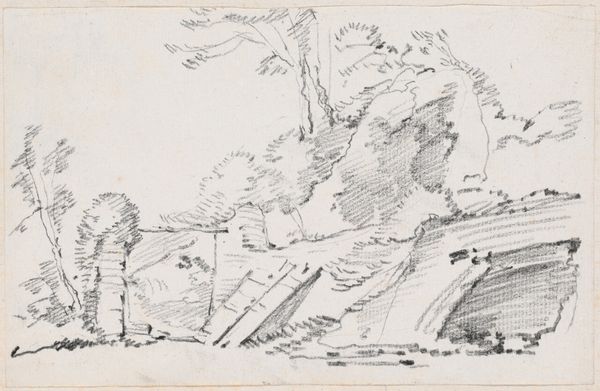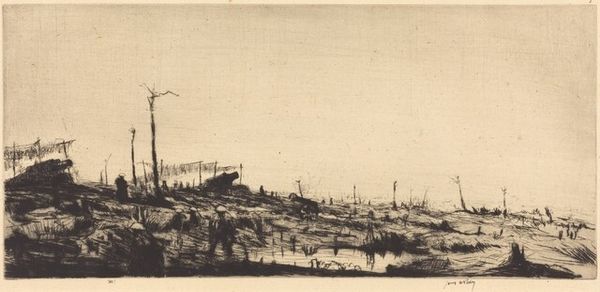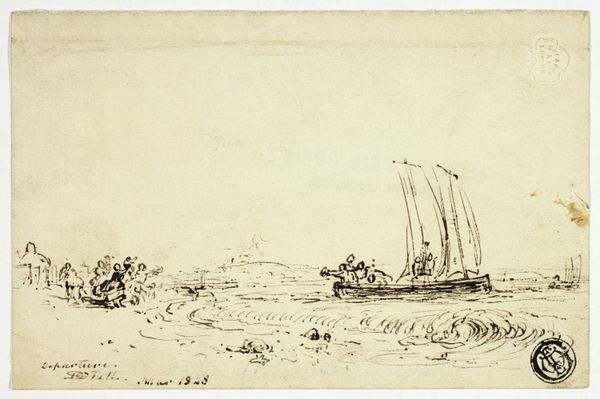
drawing, print, etching, engraving
#
drawing
#
allegory
#
baroque
#
pen drawing
# print
#
etching
#
line
#
history-painting
#
engraving
#
rococo
Copyright: National Gallery of Art: CC0 1.0
Editor: So, this whimsical etching, "Le Bain," from after 1756, is by Charles Germain de Saint-Aubin. It's fascinating! The delicate lines depict what seems like a boat occupied by figures with butterfly wings. The scene feels both playful and slightly bizarre. What do you see in this piece? Curator: Well, on the surface, it’s easy to dismiss this as mere Rococo frivolity, but I think Saint-Aubin is commenting on the performative nature of leisure within the aristocracy of his time. The "bath" isn't necessarily a literal one, but could allude to social bathing – that is, immersion within the artificial constructs of court life. Editor: Performative leisure... I hadn’t thought about that! Could you elaborate? Curator: Certainly! Consider the setting: this isn't a natural landscape, but a staged tableau. The figures, adorned with butterfly wings, hint at the fleeting nature of beauty and pleasure – themes prevalent in courtly art. Also, consider the implications of leisure as something distinctly afforded to certain people. Editor: So, you’re suggesting the artist uses fantasy not just for aesthetic pleasure, but also to critique social stratification. Is there a connection to the visual tradition of his time? Curator: Precisely. Saint-Aubin borrows the allegorical language of history painting to comment on the more superficial aspects of aristocratic culture. While seemingly decorative, the detailed execution, the carefully arranged composition, the precise, yet playful, lines invite a more critical look at the era's social customs. Doesn't that change how we perceive this seemingly light-hearted artwork? Editor: It definitely does! Seeing it as a social commentary rather than pure fantasy opens up a whole new avenue of interpretation. Curator: Exactly! Context is key.
Comments
No comments
Be the first to comment and join the conversation on the ultimate creative platform.

